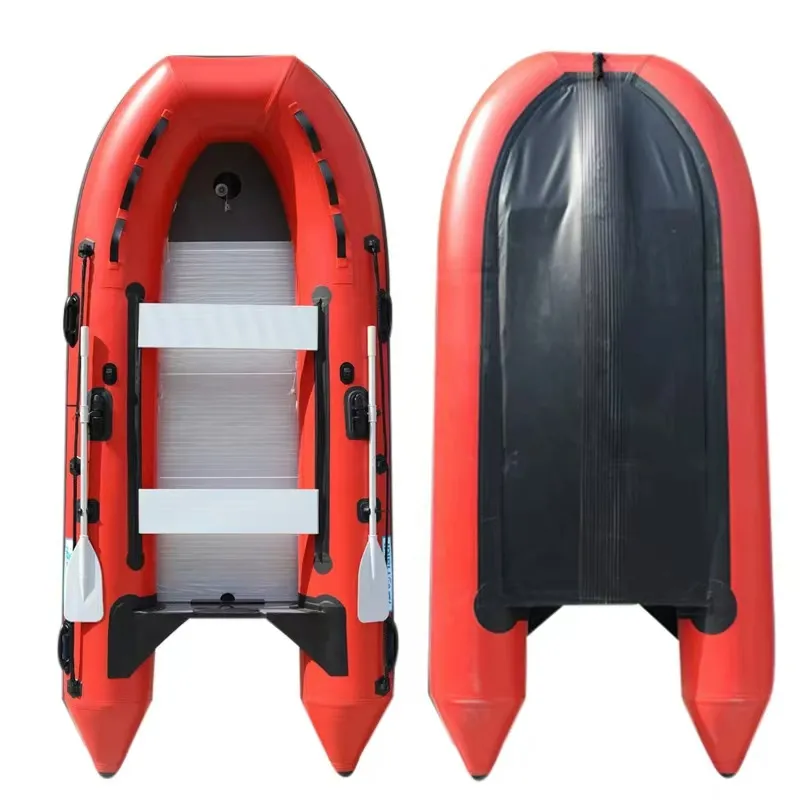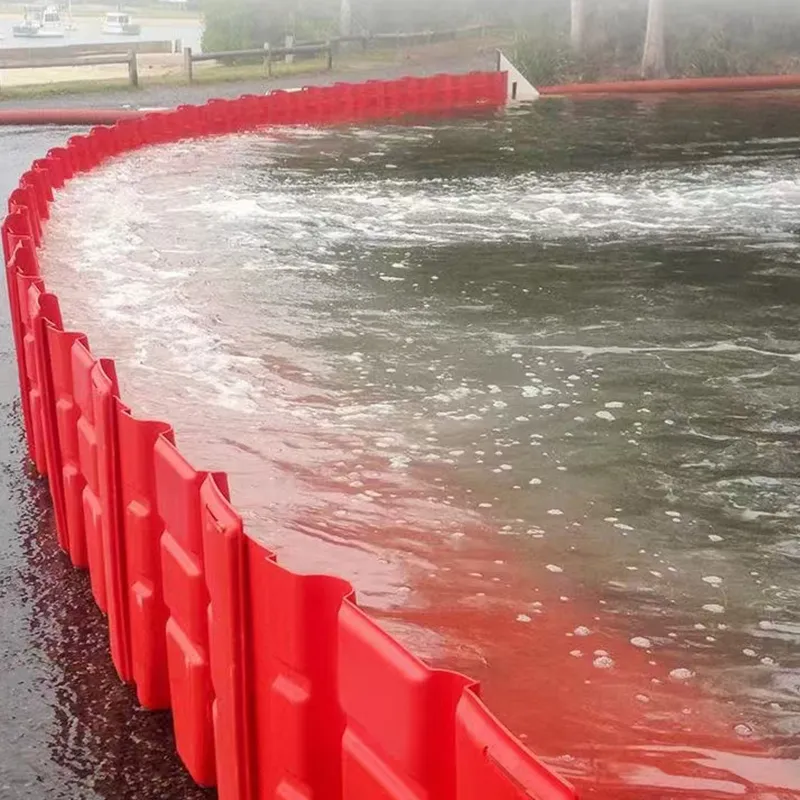

Choosing the right tool among these depends dramatically on the type of fire one faces. Experience has shown that areas with extensive grasslands or frequented by rural fires benefit significantly from a well-stocked supply of all three tools. The versatility and reliability of the fire whip, fire swatter, and fire beater mean that they can address different fire sizes and types quickly, limiting potential damage to property and the environment. From an expert's viewpoint, regular maintenance and training on the use of these tools are paramount. Proper upkeep ensures that the equipment functions when needed most. Furthermore, periodic training exercises can improve the efficacy of their use, providing users with the confidence and skills needed during an emergency. The assurance that these tools are operating correctly and are ready for action bolsters their trustworthiness and authority in fire safety protocols. The value of these firefighting tools extends into their long lifespan and applicability across various circumstances. Having been field-tested in numerous terrains and fire conditions, they underscore a level of reliability that users can depend upon. Their effectiveness in supplying a quick response to fire outbreaks enhances community trust, showcasing the importance of early intervention in fire management scenarios. Incorporating fire whips, fire swatters, and fire beaters into local fire safety plans is not merely about readiness but also about creating a sustainable approach to fire management. By leveraging the authority and efficacy of these tools, communities and individuals can bolster their preparedness for fire emergencies, peace of mind ensured through equipment excellence and responsiveness. These tools stand testament to the age-old practice of suffocating fires and represent a modern embodiment of tried-and-tested agricultural and safety traditions.





























